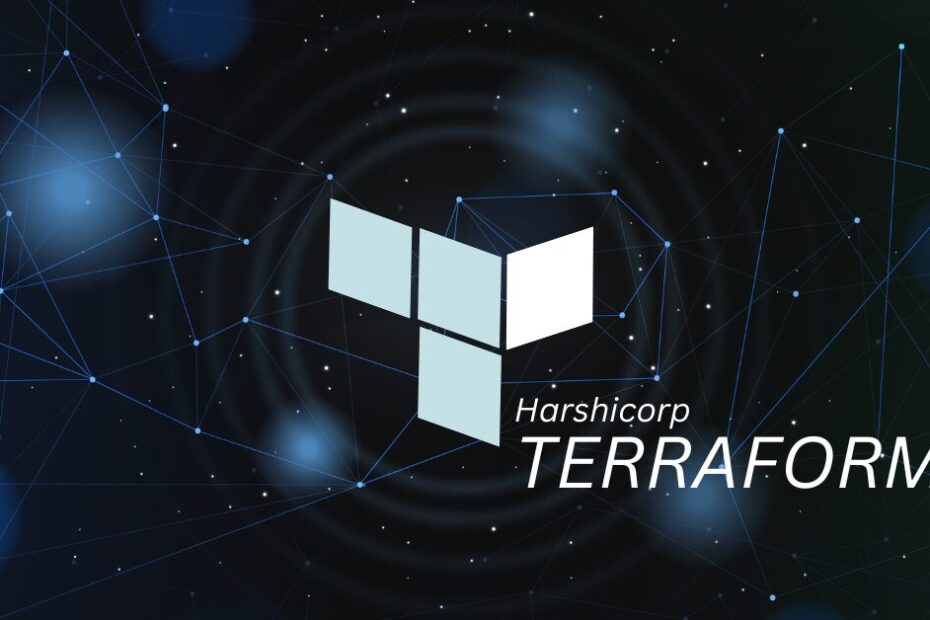Introduction
As organizations scale their infrastructure on AWS using Terraform, maintaining consistency and traceability becomes crucial. One effective practice is leveraging default tagging to ensure that every resource is labeled consistently with key information. In this blog post, we’ll explore how to implement default tagging in Terraform for AWS resources.
Why Default Tagging?
Tagging resources with metadata such as environment, project, and owner facilitates better resource organization, cost allocation, and security management. Default tagging ensures that these essential tags are automatically applied to every relevant resource, reducing manual efforts and the risk of omission.
Setting Up Default Tags
In Terraform, default tags can be defined in variables or locals to ensure consistency across resources. Here’s an example:
locals {
default_tags = {
Name = "DefaultResource"
Environment = "Production"
Project = "MyProject"
Owner = "JohnDoe"
# Add more tags as needed
}
}These default tags can now be easily reused across various resource types.
Implementing Default Tagging in AWS Instances
Let’s illustrate how to use default tagging with an AWS EC2 instance in Terraform:
resource "aws_instance" "example_instance" {
ami = "ami-xxxxxxxxxxxxxxxx"
instance_type = "t2.micro"
tags = local.default_tags
# ... other instance configuration settings ...
}In this example, the tags argument is set to the default_tags defined in the locals block. This ensures that every EC2 instance created with this configuration will inherit the default tags.
Extending Default Tagging to Other Resources
The beauty of default tagging is its extensibility. You can apply the same principle to various AWS resources. For instance, an S3 bucket:
resource "aws_s3_bucket" "example_bucket" {
bucket = "example-bucket"
tags = local.default_tags
# ... other S3 bucket configuration settings ...
}By consistently applying default tags, you create a unified approach to resource management.
Benefits of Default Tagging in Terraform
Default tagging in Terraform offers several benefits that contribute to efficient and organized infrastructure management. Here are key advantages of implementing default tagging in your Terraform projects:
- Consistency:
- Benefit: Ensures a uniform and standardized approach to labeling resources.
- Explanation: Default tags provide a baseline set of metadata that is consistently applied to all resources. This consistency simplifies resource identification and management.
2. Efficiency:
- Benefit: Reduces the need for manual intervention in tagging resources.
- Explanation: Automating the assignment of default tags streamlines the resource creation process. It eliminates the need for manual tagging, saving time and reducing the risk of human error.
3. Traceability:
- Benefit: Improves traceability by adding context and history to resources.
- Explanation: Tags serve as metadata, providing essential information about a resource’s purpose, owner, environment, and more. This information enhances traceability, making it easier to understand the context of each resource.
4. Resource Management:
- Benefit: Facilitates categorization and organization of resources.
- Explanation: Default tags help in grouping and organizing resources based on their attributes. This is particularly valuable in large and complex infrastructures, where effective resource tracking and management are essential.
5. Cost Allocation:
- Benefit: Supports accurate cost allocation by associating resources with projects or teams.
- Explanation: Tagging resources with project-specific information allows for precise cost attribution. This is crucial in multi-project environments where different teams share the same cloud infrastructure.
6. Security and Compliance:
- Benefit: Facilitates the implementation of security policies and compliance requirements.
- Explanation: Tags can be used to indicate the security classification of resources, aiding in the enforcement of access controls and meeting compliance standards.
7. Operational Insights:
- Benefit: Provides insights into resource usage patterns.
- Explanation: Analyzing tags enables a better understanding of how resources are utilized across projects or departments. This insight is valuable for optimizing resource usage and making informed decisions.
8. Cross-Functional Communication:
- Benefit: Serves as a form of documentation embedded in the infrastructure.
- Explanation: Default tags provide a standardized way for different teams or stakeholders to quickly understand the purpose and ownership of each resource. This promotes effective cross-functional communication.
In summary, default tagging in Terraform is a best practice that enhances consistency, automation, traceability, and overall operational efficiency in cloud infrastructure management. It is a fundamental component of a well-organized and well-managed infrastructure.
Conclusion
Default tagging in Terraform streamlines AWS resource management, offering a standardized approach to labeling resources with essential metadata. By implementing this practice, organizations can enhance consistency, traceability, and overall operational efficiency.
In your Terraform projects, consider adopting default tagging as a best practice to promote a well-organized and easily traceable AWS infrastructure.
About Us
NuageNetz IT Services Pvt. Ltd. is a cutting-edge IT company that specializes in Cloud Computing, Web Development, DevOps and Agile Methodologies. Our team of skilled professionals is dedicated to providing exceptional services to our clients using the latest technologies and tools
Got Something to say about our Blog?
Have something to say? Drop your thoughts, feedback, or questions in the comments below!
